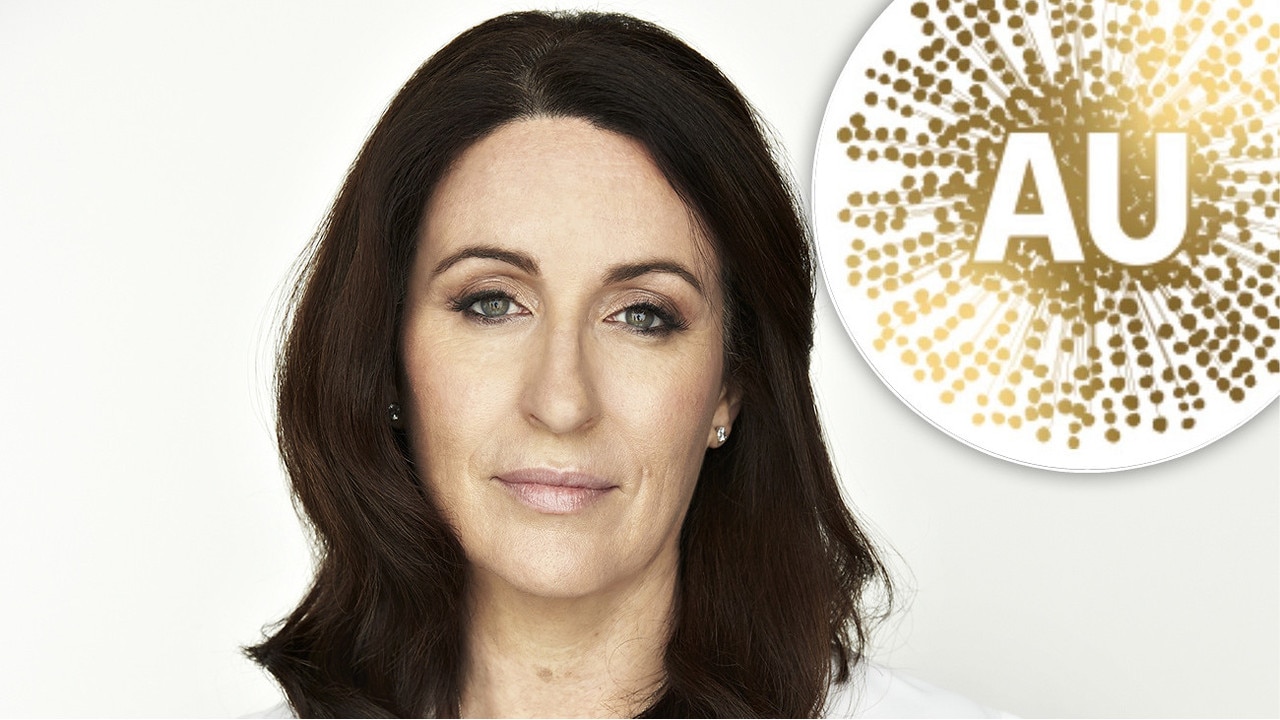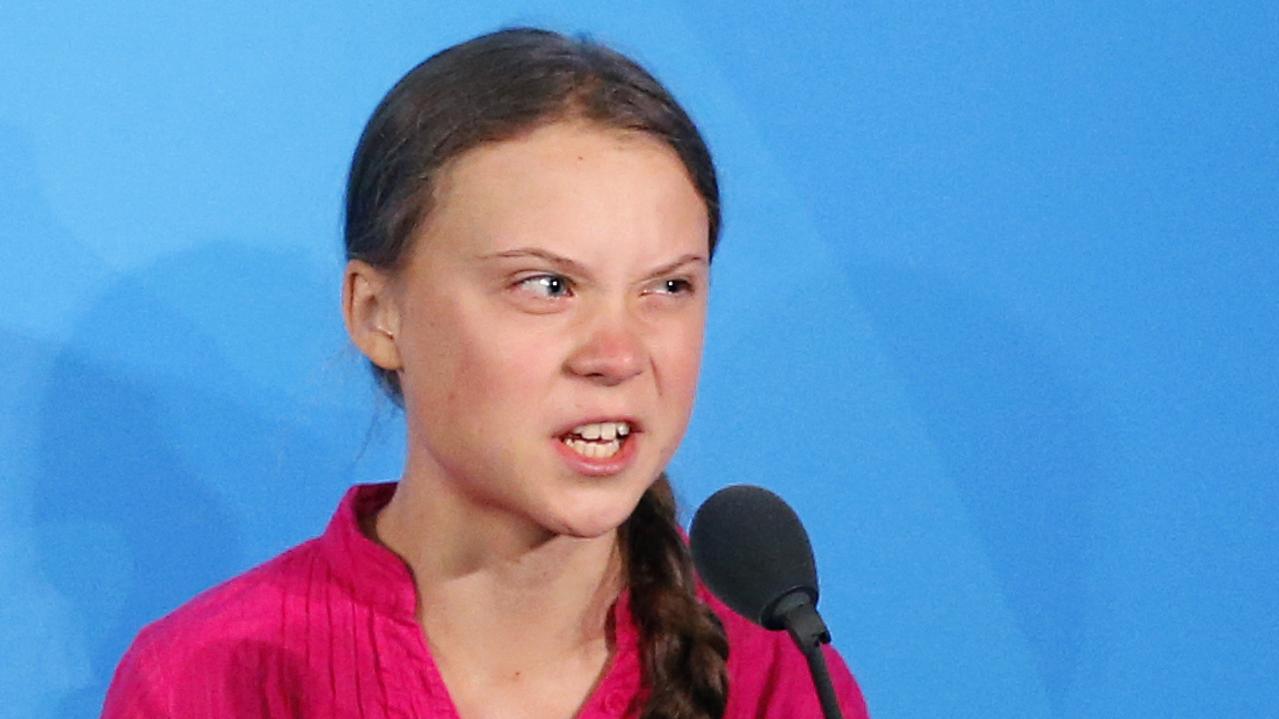The secret that made the Thai cave rescue possible
HEROISM and a triumph of science saw the Wild Boars and their coach safe, but this extraordinary mission was propelled by the qualities that make humanity great, writes Miranda Devine.
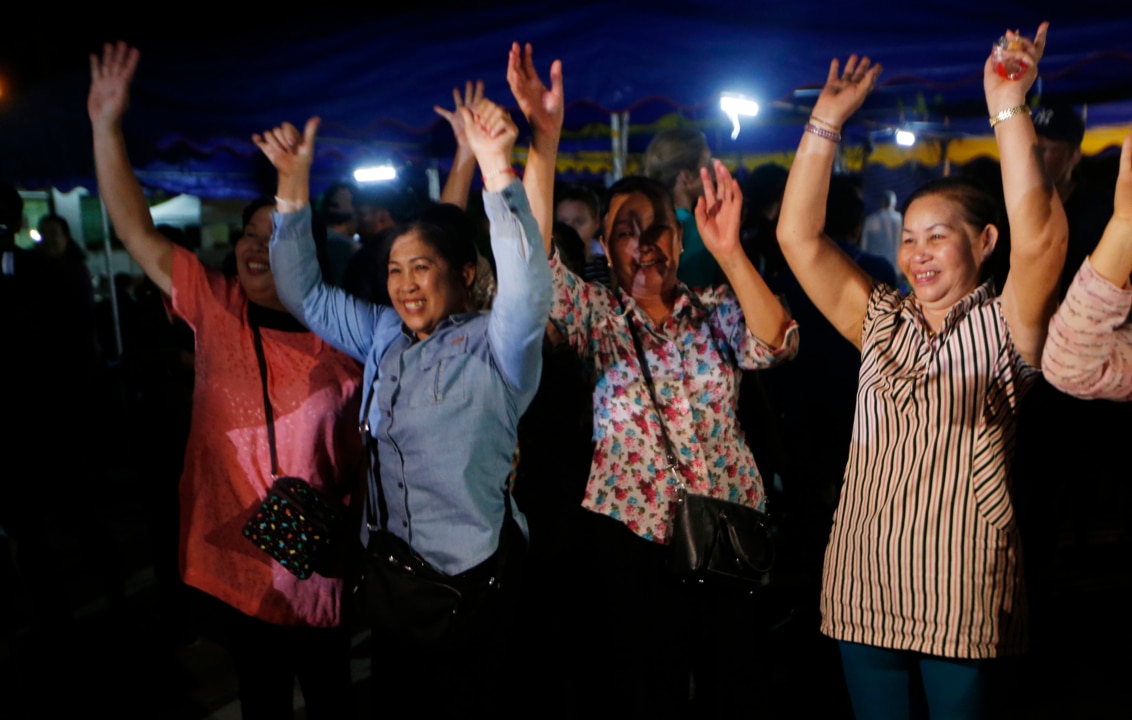
Rendezview
Don't miss out on the headlines from Rendezview. Followed categories will be added to My News.
WE live in a time when humans have grown so cocky from our extraordinary achievements that we think we are gods who can control everything, from Earth’s climate to death itself.
Then along comes a tsunami or an earthquake to puncture our hubris and remind us we are puny mortals.
This is how the Thai cave rescue began. But then it turned into something different, extraordinary and gloriously transcendent.
Twelve little boys and their 25-year-old soccer coach stranded by an unseasonably early monsoon downpour for nine days deep inside a cave complex in northern Thailand.
Discovering the boys, aged 11 to 16, was a feat in itself for the two best cave divers in the world, Britons Rick Stanton and John Volanthen, who had been rushed to the scene.
LISTEN TO RESCUE DIVER BEN REYMENANTS:
But global jubilation turned to dread with the dawning realisation that extracting the boys was not just mission impossible, but a race against time as the water kept rising, oxygen started running out and the dank tropical conditions of their rocky tomb threatened human viability.
Underwater caves are among the last frontiers left on the planet where only the most intrepid of our species dare venture. So this was the humbling.
But then came the triumph as the doomed mission that gripped the world over 19 days took on an epic, mythical quality.
Miraculously, all 13 souls in the cave were saved, while one brave former Thai Navy SEAL, Saman Gunan, sacrificed his life.
The successful rescue showed how altruism and the magic of teamwork, the very thing that propelled the unlikely ascent of homo sapiens to the top of the food chain 100,000 years ago, could save 12 Thai boys and their coach from such peril.
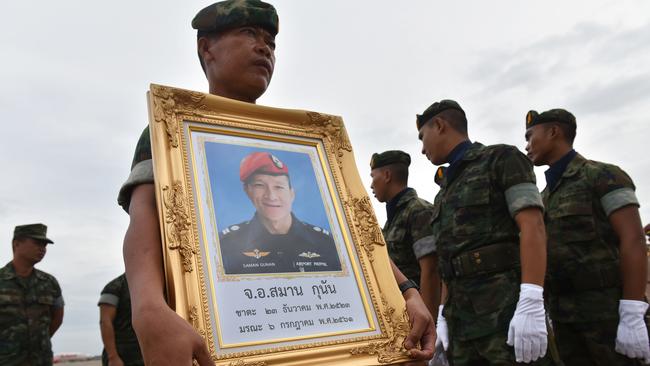
“We are not sure if this is a miracle, a science, or what. All the thirteen Wild Boars are now out of the cave,” the Thai Navy SEALs Facebook page announced on Tuesday.
It was both miracle and science. It is not parochial grandstanding to say that a humble Australian anaesthetist, Dr Richard Harris, really was key.
The crucial element of the rescue, which has been downplayed by authorities, was that the boys were sedated into an unconscious or semiconscious state by Dr Harris, in order to get them through the hazardous underwater dive without panicking.
The drug (or one of the drugs) used is reported to be ketamine, often used as an anaesthetic for children in Australia. It induces a trancelike state and provides sedation and memory loss for up to two hours with few serious side effects.
In an early study at UK’s Derbyshire Children’s Hospital, published in the Archives Of Childhood, the drug was administered to children aged from 17 months to 13 and a half, and was found to be “safe, effective and short-acting”.
It has been called “disassociate anaesthesia” because the patient feels “dissociated from his environment, and even from his own extremities.” It “temporally converts the patient into a catatonic schizophrenic”.
The extent to which the boys were sedated has been well understood by divers, because they know the degree of difficulty of that complex cave dive.
No child could be expected to dive in pitch darkness for one to two hours through narrow openings, and twists and turns described as the S bend in a toilet. Even for the most expert cave divers this was a challenge. It defeated even the Thai Navy SEALs who are superb combat divers but not trained for this highly specialised extreme sport.
The children “would be frightened and they would be breathing hard and fast and easily use up their air”, cave diver Keir Vaughan-Taylor of the Australian Speleological Federation said last week.
Details have leaked out from divers, partly confirmed by Thai authorities, of how the children were prepared.
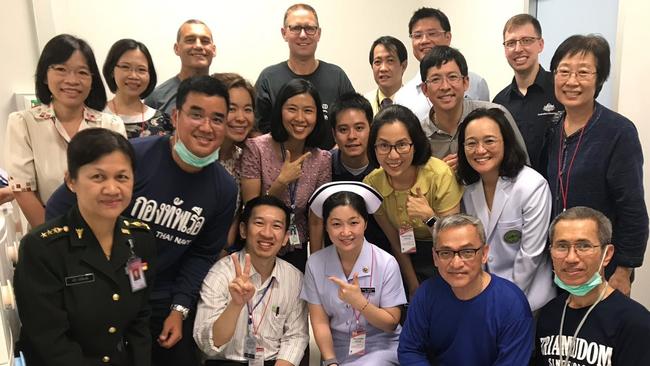
“I was told the boys were given a dose of ketamine to keep them calm,” one unnamed British rescue diver reportedly said.
“The boys were sedated, they were unconscious,” said Spanish rescue diver Fernando Raigal.
Belgian diver Ben Reymenants, 45, confirmed that one of the options initially considered was “actually to teach them how to dive. But … the risk is if the boys panic and they pull off the mask, they drown. It’s a mile in; there’s no chance for survival. And they were so skinny and so weak … So we decided to put them on a stretcher, with a full face mask, with pure oxygen on a positive pressure.”
He described them as “half-asleep, half-unconscious” when they were brought out.
You can see in video released by Thai authorities the boys are motionless, passed along a chain of rescuers. One photograph shows a boy who appears to be asleep, and a video shows the arm of another flopping limply.
The sight was enough for one of the volunteer divers, Dane Ivan Karadzic, to fear the worst when the first boy emerged half way through the cave.
“I didn’t know if it was a casualty or a kid,” he told the BBC. “But when I saw that he was alive and breathing, it felt good.”
It was a triumph of science, daring and selfless co-operation, co-ordinated by strangers drawn from all around the world.
“This incident was more than a lifesaving mission,” Thai Navy SEALs chief, Rear Admiral Arpakorn Yuukongkaew, told the BBC. “It’s gone beyond that it is the unity of all nationalities … It’s a global unity.”
This was our species operating cooperatively at the highest level of competence. This is the secret which has brought humanity literally from caves into the light of civilisation. We’ve made this journey and we’ve done it by helping each other.
The Thai cave rescue offers a lesson to remember: both the humility of knowing we’re not omnipotent, but also that what makes us great is other people.


